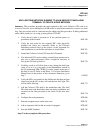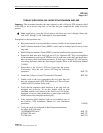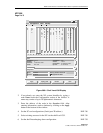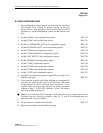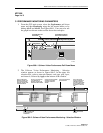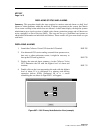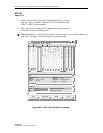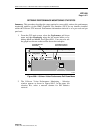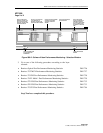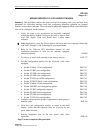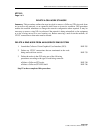
ADCP-70-220 •Issue 1 • November 2000 • Section 2 Operation and Maintenance
Page 2-19
© 2000, ADC Telecommunications, Inc.
NTP-007
Page 1 of 3
DISPLAYING STATUS AND ALARMS
Summary: This procedure details the steps required to retrieve network alarms or shelf level
alarms to isolate problems within the network. If alarms are present on the system, the Chassis
View screen can help isolate which slots are affected. A shelf status display can help the systems
administrator get a visual overview of which cards, alarms, protection groups, and cell busses are
active, equipped, or Out of Service (OOS). The user can also go to individual card screens to
obtain status information on individual card failures. These screens will give more detail on a per
card basis.
DISPLAYING ALARMS
1. Launch the Cellworx Vision GUI from the X-Terminal. DLP-705
2. If an abnormal GUI session ending occurred from operator error,
time out, or other unforeseen events, it might be necessary to
free up the GUI and log back in. DLP-778
3. Display the network alarm summary via the Cellworx Vision
GUI. Determine the NE with the highest level of alarm and
continue. DLP-713
4. Double click on the icon representing the node with the highest
level of alarm. If it is configured as a primary node having
expansion shelves (EPSs) configured off of it, a screen
resembling the one shown in Figure 007-1 will appear.
Cellworx Vision:Physical Layouts for NE-2
X
EPS-2
NE-2
EPS-1
Cancel
10960-B
Figure 007-1. GUI Primary Node Selection View (example)



